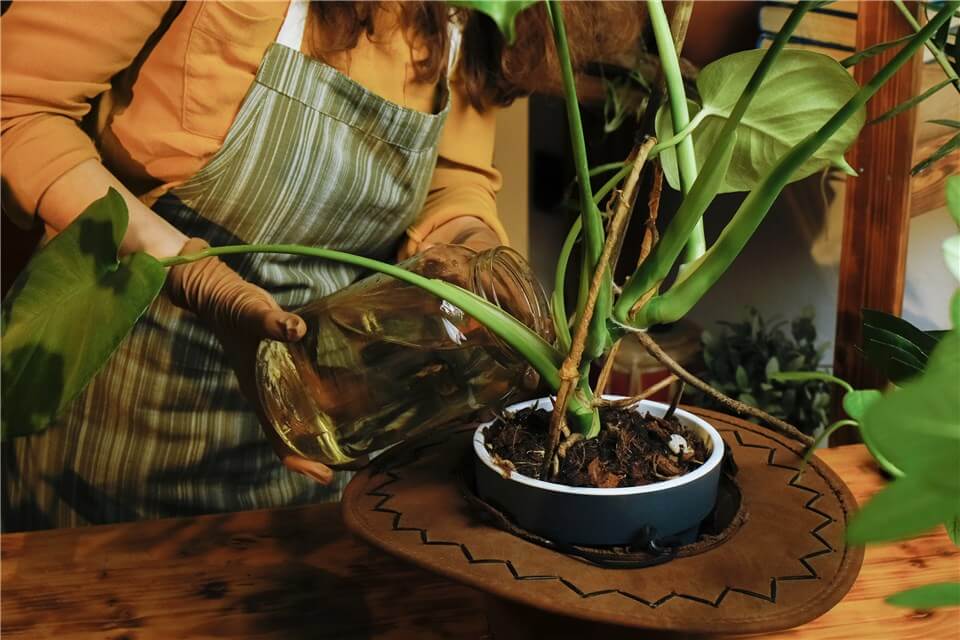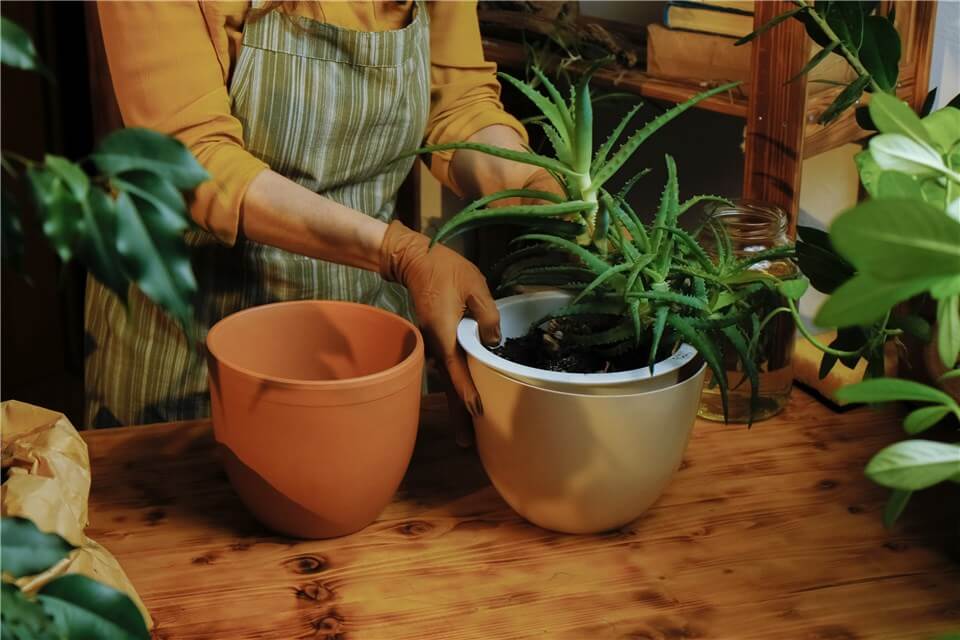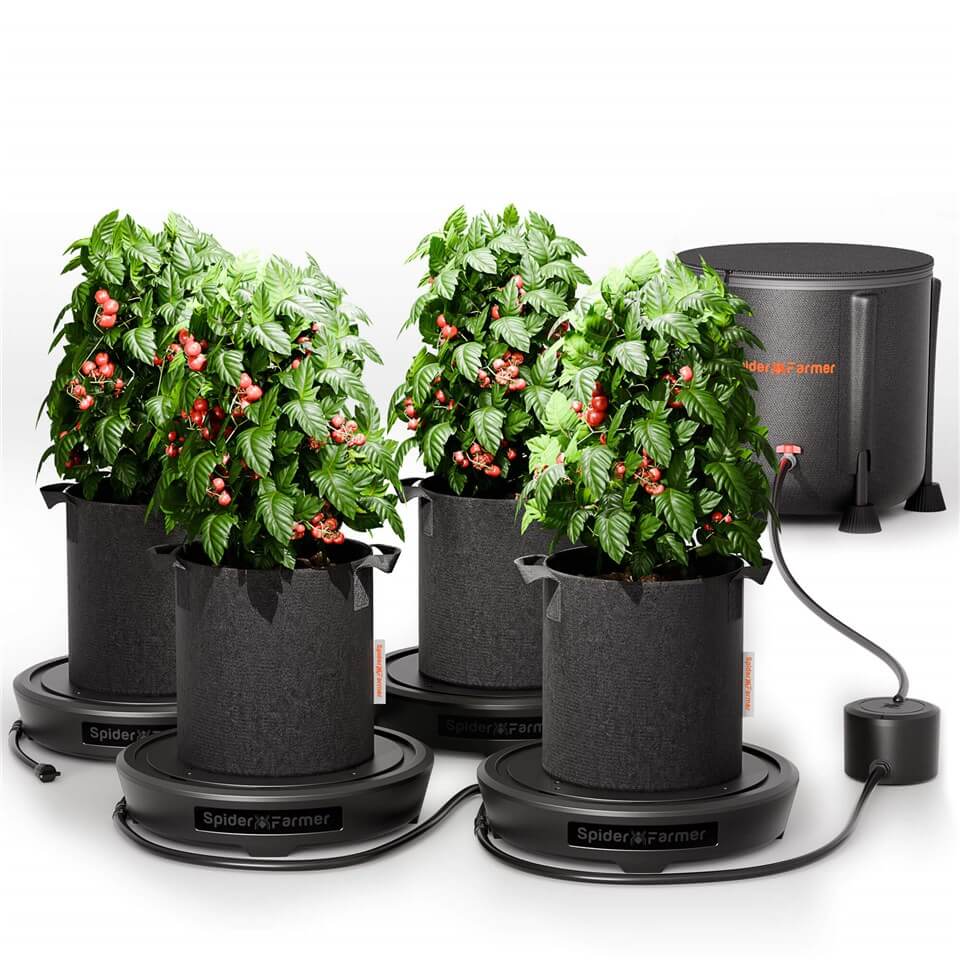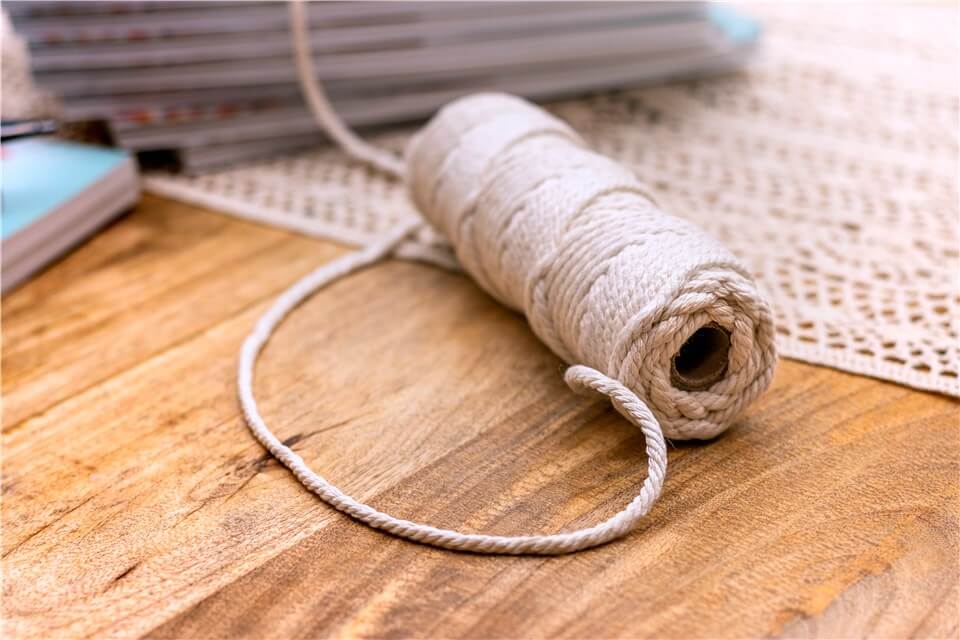If you’re a plant lover, you may think about how to keep plants watered while on vacation. Leaving your green friends behind without adequate water may lead to wilting, stress, or even death. However, fortunately, there are effective self-watering systems that can keep your plants watered while you’re away.
Keep reading and learn how to water plants while on vacation or a business trip.
Table of Contents
How Long Can Plants Go without Water?
Every gardener and plant enthusiast must know how long can plants go without water. Although the duration varies mainly on the type of plants, season, and environmental conditions, most indoor plants can survive for about one week without water. Ferns, such as Boston ferns and maidenhair ferns, prefer consistently moist soil and can wilt quickly if dry. Calatheas, known for their striking leaves, also thrive in humid conditions and can show stress within days of watering. Peace lilies, while tolerant to some degree of dryness, Peace lilies leaves will turn yellow if left without water for too long. Other plants like pothos, Chinese evergreen, spider plants, and dracaenas may tolerate brief periods without water but can display signs of stress, such as browning leaves or drooping, if not watered frequently.

How Long Can Plants Go without Water?
Factors such as humidity, temperature, and the size of the plant also play vital roles in determining water needs. By controlling the climate of the grow room, you can better plan your watering schedule and ensure your plants remain healthy and vibrant, even during extended periods without attention.
How to Make a Self Watering Pot?
You can DIY self water bucket for fabric pots when you seek to water plants while away. This method uses gravity to draw water into the fabric pots, ensuring consistent moisture without the need for constant monitoring. It’s an innovative set of devices for both novice and experienced gardeners. Here’s how to make one:

Make a Self Watering Pot
Materials Needed
- A plastic or ceramic pot - with drainage holes
- A smaller container or cup - serves as the water reservoir
- A cotton wick or strip of fabric - like an old T-shirt
- Potting soil
- Your chosen plant
Steps to DIY a Watering System for Plants
- Take the smaller container and ensure it can hold enough water. This will be your reservoir.
- Thread one end of the cotton wick through the drainage hole of the larger pot. The other end should reach down into the smaller container. Ensure the wick is long enough to touch the water in the reservoir.
- Place the smaller container inside the larger pot, making sure the wick is submerged in the water. The larger pot should be positioned above the reservoir.
- Fill the larger pot with potting soil, leaving enough space for your plant. Plant your chosen plant in the soil, ensuring the wick remains in place.
- Water the soil thoroughly the first time. The wick will draw water from the reservoir into the soil as it dries out, keeping your plant hydrated.
How to Keep Plants Watered While on Vacation?
You can DIY self water bucket for fabric pots, though, this self-making watering device may come with some limitations and disadvantages, especially when you need to leave your plants for a while. It can be complex for beginners to work on an initial setup. Another major concern is inconsistent watering. You may face under- or over-watering when you’re away. Additionally, these systems often require regular maintenance; wicks can clog, reservoirs need frequent refills, and components may wear out over time. Moreover, stagnant water in reservoirs poses a risk of algae and bacteria growth, which can harm plants. Unlike a professional self-watering system, DIY self-watering setups are typically not built from high-quality materials that can provide a longer lifespan and more reliable performance.
As you may have limited time to build and test a DIY self-watering system, you can easily turn to the Spider Farmer Self-Watering System. Designed for ease of use, this home plant watering system eliminates the guesswork associated with DIY setups, ensuring your plants receive consistent hydration with minimal effort. Utilizing a gravity-fed design, the Spider Farmer self-watering system lets you water plants while away without electricity or complex mechanisms.

Spider Farmer Self-Watering System
Key Features of Spider Farmer Self-Watering System
- Easy Setup: Designed for quick and straightforward assembly, it is user-friendly for both novice and experienced gardeners.
- Comprehensive Kit: Includes up to 4 self-watering fabric pot bases, a 50L folding bucket, 5 five-gallon grow bags, silicone tubing, a shut-off valve box, and a user manual.
- Gravity-Fed Design: Operating without electricity, it uses gravity to deliver and keep a continuous water supply.
- Innovative Reservoir Plate: Prevents algae growth and water buildup by raising fabric pots above standing water, promoting healthier root environments.
- High Capacity: Supports up to 130 lbs, accommodating large or heavy pots, and compatible with self-watering fabric pots up to 7 gallons.
How to Keep Plants Watered on Vacation?
- Follow the manual to assemble and set up the self-waterding device parts. Depending on the number of plants, select the appropriate setup. For example, a filled 50L bucket can last about one month for two pots or two weeks for four pots.
- Lay the self-watering folding bucket, fabric pot bases, shut-off valve box, and silicone tubes flat on the ground. Follow the manual to fill the water into the folding bucket and attach the cotton ropes to the fabric pot bases. Put your plants in the growing bags.
- Open the valve box to check the water flow. Wait for the cotton ropes on the Fabric Pot Base to absorb water and deliver it to the plants in the growing bags.
- Position your plants in a location that balances light and shade, as this can help manage their water needs while you’re away.
4 Pcs丨Spider Farmer 2 Self-watering System Kits For Indoor Grow Tents, Greenhouses
In stock
Spider Farmer 2 Pcs Self-watering System Kits For Indoor Grow Tents, Greenhouses
In stock
Spider Farmer 2-in-1 Smart Watering Kit – Automatic Drip Irrigation & Self-Watering Planters for Indoor Plants, Seedling to Mature Growth System
Out of stock
Spider Farmer 4 Pcs Automatische Bewässerung Selbstbewässerungssystem 4er-Set Self-watering System Kits For Plants No Pump For Indoor Grow Tents, Greenhouses
In stock
Best Size Water Wicks for Plants
When selecting water wicks for plants, the proper size of wicks can ensure effective moisture delivery. Ideally, the wick should be long enough to reach the water reservoir and provide adequate coverage to the plant's root zone. For most indoor plants, it’s generally suitable to get 12 to 18 inches of wicks in length, because this length allows for sufficient water absorption without being too cumbersome or prone to tangling.

Best Size Water Wicks for Plants
Additionally, the thickness of the wick also plays a crucial role in its efficiency. A thicker wick can draw more water, making it ideal for plants with higher moisture needs. Conversely, thinner wicks may be better for smaller pots or plants that require less water. Ultimately, choosing the right size and thickness of water wicks will help maintain optimal moisture levels, promoting healthy growth and minimizing the risk of overwatering or underwatering.
Conclusion
In conclusion, it’s essential to keep plants watered while on vacation. Utilizing automatic watering systems like gravity-fed kits can provide a reliable solution - maintain moisture without relying on electricity. You can either diy self watering system or invest in a reliable automatic watering system - Spider Farmer Self–Watering System. By planning ahead and choosing the right tools, you can enjoy your time away while your plants are well-taken care of.







































0 thoughts on “How to Water Plants While Away?”